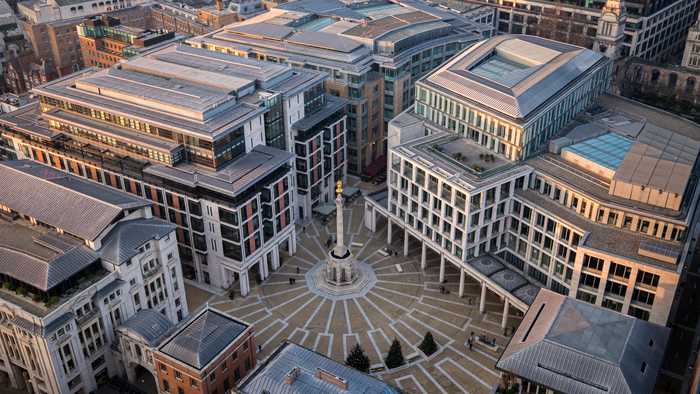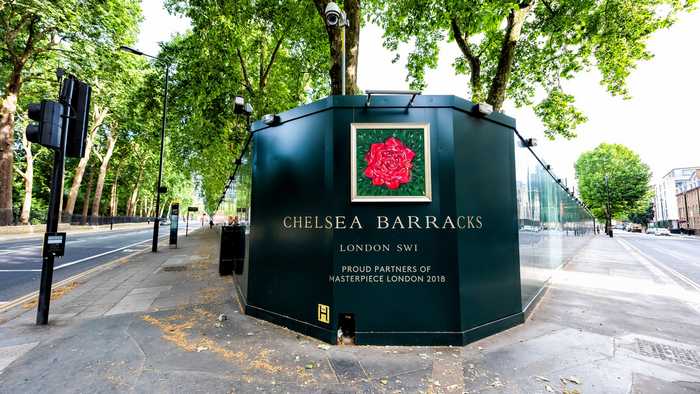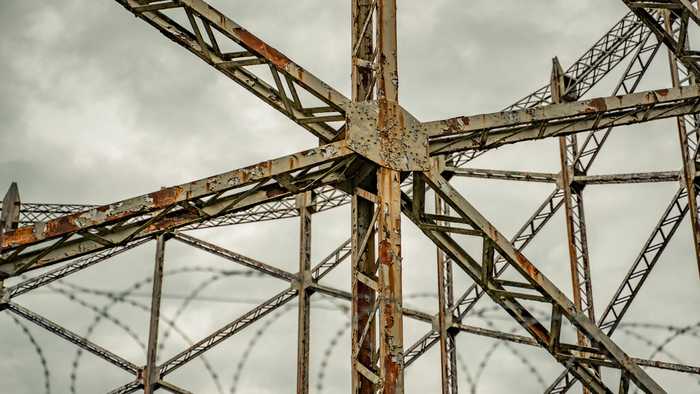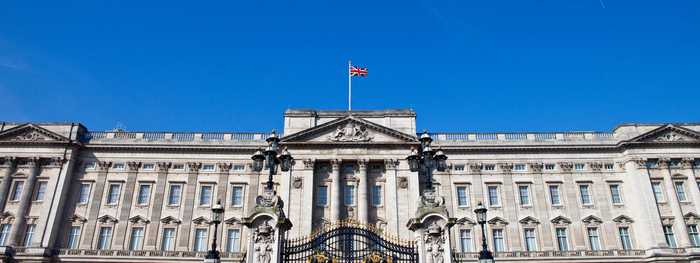How The British Monarchy Influenced Architecture
The legacy of Her Majesty, Queen Elizabeth II is evident in the field of British architecture. While our late monarch was not as vocal about architecture as her son, she was present for the opening of many famous British buildings, from the Royal National Theatre to the recent opening of the Elizabeth Line.
But, while Queen Lilibet was heavily involved in the inaugurations of many UK establishments, King Charles III is an avid fan of architecture; a fact that came to light in 1984 when the then-Prince added his two pence to Ahrends Burton Koralek’s “high-tech” plans for an extension to the National Gallery. The royal described the architectural designs as “a monstrous carbuncle on the face of a much-loved and elegant friend.”
King Charles’ comments effectively condemned the proposal alongside a suggestion from Mies van der Rohe for a 19-storey tower in the heart of the Square Mile, which Charles described as a “giant glass stump, better suited to downtown Chicago than the City of London.”
Who knew that the royal family had so much to do with the kingdom’s landscape? In this blog, I’m taking a deeper look at how the British monarchy influenced architecture.

1987
In the late 1980s, architects submitted propositions for the redevelopment of Paternoster Square near St Paul’s Cathedral. On reviewing the designs, King Charles compared them to the previous damage caused by bombing in WW2, stating, “You have to give this much to the Luftwaffe: when it knocked down our buildings, it didn’t replace them with anything more offensive than rubble.”

2009
In 2009, the monarch put pay to a housing development at Chelsea Barracks after the architect submitted designs for glass and steel homes. A purist and fan of the long-standing architectural landscape of London, Charles remarked that the “brutalist” development made his “heart sink”, adding that the plans were just a “gigantic experiment in the very heart of our capital history.”
The royal defended his standpoint, informing the Royal Institute of British Architects that his intention had not been to commence a war between Classicists and Modernists. Albeit, the now-King used the 1987 Paternoster debacle in his defence, reaffirming that it was “central to the argument between modernist and traditional architecture, or, as I’d rather put it, the argument between the inhuman and the human.”

2022
Even as recently as last month, Charles’ influence on the London skyline is evident, when plans for 539 homes (35% of which were affordable) were rejected. Speaking about the suggestion for the disused gasworks site in New Barnet, the prince argued that the seven-storey blocks would “insert an alien typology of larger mass and scale” into the suburban styling of the area.

sustainibility
While King Charles III certainly has prominent opinions about the architectural integrity of London, from an aesthetic perspective, he is an avid campaigner for low-carbon development, creative recycling, and reducing dependence on cars.
Moving forward into his reign, the King will not be able to intervene in the ways of old, but his influence on previous constructions remains.
Posted by Wouter De Jager on September 23rd 2022

